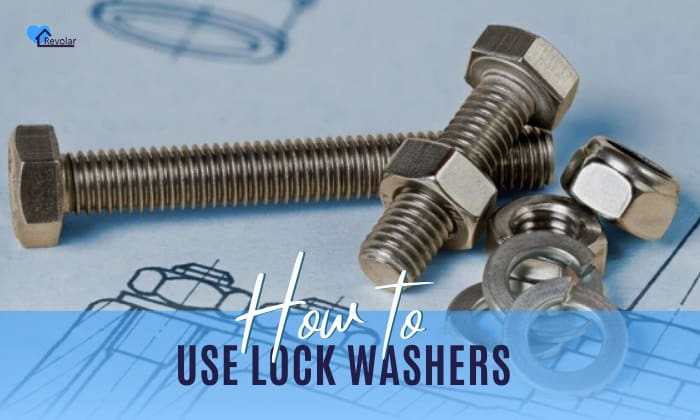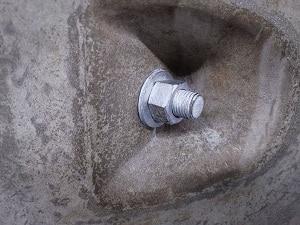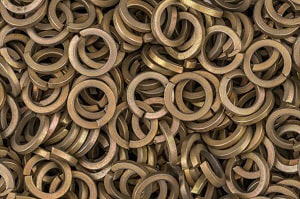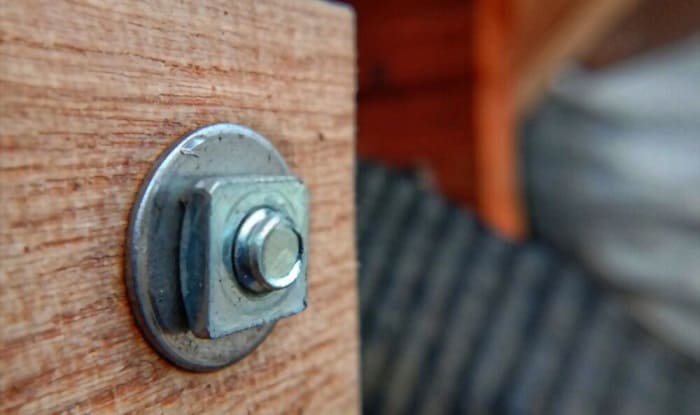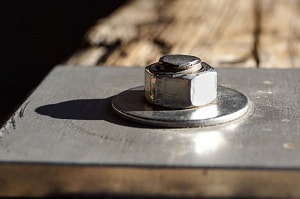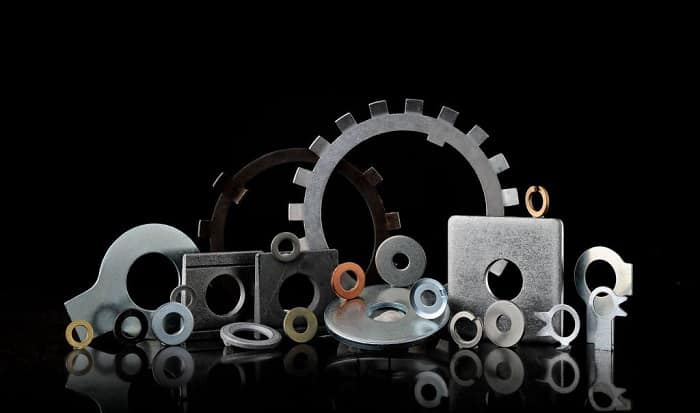Regardless of their size, lock washers are vital in keeping the application safe and tightly fastened despite vibration or other factors that make nuts, bolts, and screws loose.
Pretty amazing, right? But many people are unaware of this small but definitely, important piece.
In this article, we will explore the purpose of a lock washer and learn how to use lock washers effectively to improve the performance and longevity of your application’s bolted joints.
Table of Contents
Ways to Use Lock Washer
Are you a DIY enthusiast? Pretty sure you probably have been using lock washers even without knowing their name and purpose.
Here are some instances where you might use a lock washer for your application. In these cases, using lock washers provides spring tension to keep the connection intact despite external forces.
1. Securing the fastener from vibration
As its name suggests, lock washers’ primary job is to keep the bolts secured to the threaded fastener by providing tension when exposed to pressure or vibration.
This specific purpose of lock washers is an essential practice for transportation, such as in the automotive, aircraft, and marine applications, as vibration is an inevitable force in these industries.
Almost all mechanics have used lock washer for vibration-related issues, especially the split lock washer.
The designs of the spring washer use tension in pushing back the bolts into the assembly once it experiences vibration.
2. Distributing loads
Aside from keeping the bolt threaded securely to the mating surface, lock washers distribute loads—providing even pressure for the mating surface to cater to.
When a fastener is tightened, the lock washer is compressed between the fastener and the material, which can help spread the load over a larger area and reduce the pressure on any one point.
That, in turn, helps prevent damage or deformation of the fastened material. This can be especially important in high-stress or high-vibration applications, where a concentrated load on a single point could cause damage or failure.
3. Creating electrical contact
One common material of a lock washer, especially in an internal tooth lock washer, is copper—this material is instrumental in securing electrical and thermal conductivity between the bolted joints.
To have an electric connection between the two conductive mating surfaces (such as two metal plates), do these two steps:
- Sandwich the lock washer with teeth between the mating surfaces
- Tighten the fastener to compress the lock washer between the mating surfaces.
The pressure from the tightened fastener should help create a good electrical connection between the two conductive materials.
Installing Lock Washers: the Proper Way
To maximize the protection that lock washers give, installing it properly is the main key. Follow these mini-steps for proper lock washer installation.
Step 1. Check if the lock washer can be fitted to the installation.
Putting lock washers in an assembly would give added thickness to it. So, before you install a lock washer, it is important to ensure enough space.
Step 2. Attach the lock washer to the assembly, then the fastener.
You should attach the washer first to the assembly. The lock nut washer placement is particularly important to install and maximize the protection lock washers properly give to your application.
So to do that, it’s essential to note the lock washer order: the lock washer must go on first onto the mating surface, then the fastener. If the application requires you to work with a flat washer, it must come first, then the lock washer.
Step 3. Tighten the threaded fastener.
Once you have the lock washer placed properly, it is time to fasten the threaded fastener into the lock washer assembly.
Using a wrench, turn the bolt clockwise until it’s firmly threaded into the mating surface.
Note: Avoid tightening the screw in too much. Doing so will result in a damaged or dented assembly.
Step 4. Check the lock washer.
If you use a split type—it must be slightly misaligned. The misaligned lock washer provides spring tension on the threaded fastener.
For the toothed lock washer (internal or external), the nut must cover the entirety of the lock’s teeth.
Different Types of Lock Washers
As said above, lock washers are not concentrated on only one function. It performs several beneficial improvements to our application, which is only possible by having the right type of lock washer.
Important to know which type of lock washer is best for your need; confirm this by checking the needed size for the threaded fastener, the assembly’s diagram, and what is required to be improved with your application.
| Type of lock washer | Best used for |
| Split Lock Washers | The application with moderate vibration or shock loads |
| Internal tooth Lock Washers | The application with moderate vibration or shock loads. This is also used in electrical applications for an improved electrical connection. |
| External Tooth Lock Washers | The application with high vibration or shock loads |
| Belleville Washers | Applications with high spring rates or where large deflection is required. |
| Wave Washers | Applications that require variable spring rates or where dynamic loading is present. |
| Fiber Washers | Electrical applications where insulation is needed. |
How Do Lock Washers Work?
The principle of lock washers is based on friction and tension. The tension between the threaded fastener and the assembly can be reduced or eliminated over time due to various factors such as vibration, thermal expansion, contraction, or corrosion.
That’s why it is important to have stable tension, which a lock washer can give. When a bolt is tightened, the pressure created between the bolt and the mating surface holds the joint together.
Frequently Asked Questions
Will the lock washer work before the flat washer?
“Does washer go on a screw first?” is probably the most questioned about lock washer placement. And the simple answer is yes!
The washer must go on a screw first. Then the lock washer will lock it in place.
Which direction does the lock washer go?
The lock washer direction depends on the type of lock washer being used and the specific application. Often, it is placed between the nut and the bolt head, and under the threaded fastener.
When to use a lock washer?
Using a lock washer when the application needs to be vibration-resistant is important to keep the bolt secured from becoming loose.
How efficient is a lock washer?
Although both washers and lock washers hold the bolt in its place, lock washers offer added security from other external forces that washers can’t.
In fact, some are lock washers used for installation, which requires holding high intensity of vibration.
Conclusion
Lock washers are effective and reliable devices needed in some situational applications. When used correctly, these devices can help prevent costly and potentially dangerous equipment failures.
By understanding how to use lock washers properly and how they work, you can ensure your equipment is fastened securely and reliably.

I am the last member to join Revolar and might be just the luckiest to work with dedicated people like Teddy and John. Our team has established a process where my only job is writing the best content to deliver incredible ideas and guides.


